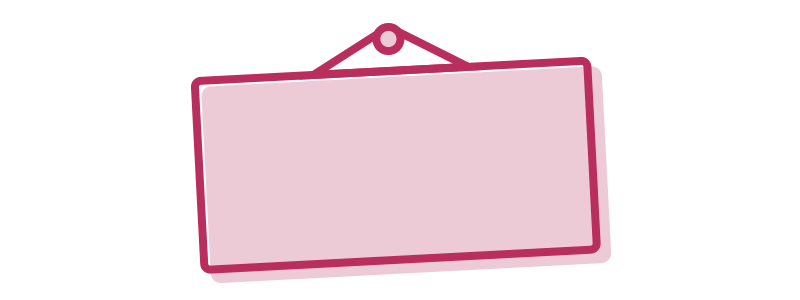Word: Door-in-the-face
Definition: The notion that refusing a large request (figuratively getting the door slammed in your face) increases the likelihood of agreeing to a second, smaller request, shortly thereafter.
Reference: A compliance method from social psychology, this technique works because of the principle of reciprocity (Cialdini et al, 1975). Saying "no" to a large request creates a feeling of guilt towards the asker, and in turn, the person being asked now feels as if she owes something. This manipulation strategy is often used in marketing.
The concept plays into design strategy when dealing with subscription fees or add-on purchases, for example. Think about a time when you bought an online subscription. There are often multiple packages to choose from. Once you've looked over the choices and decided the expensive option is outrageous, you are more inclined to see the less expensive option as more reasonable in comparison. Hence, your guilty conscience may lead you to buy yet another unwanted and unneeded steaming music service!
Thoughts/Questions: As a user experience designer, where does your job end and the marketing department's job begin? Should a line be drawn between marketing tactics and what's best for the user?


